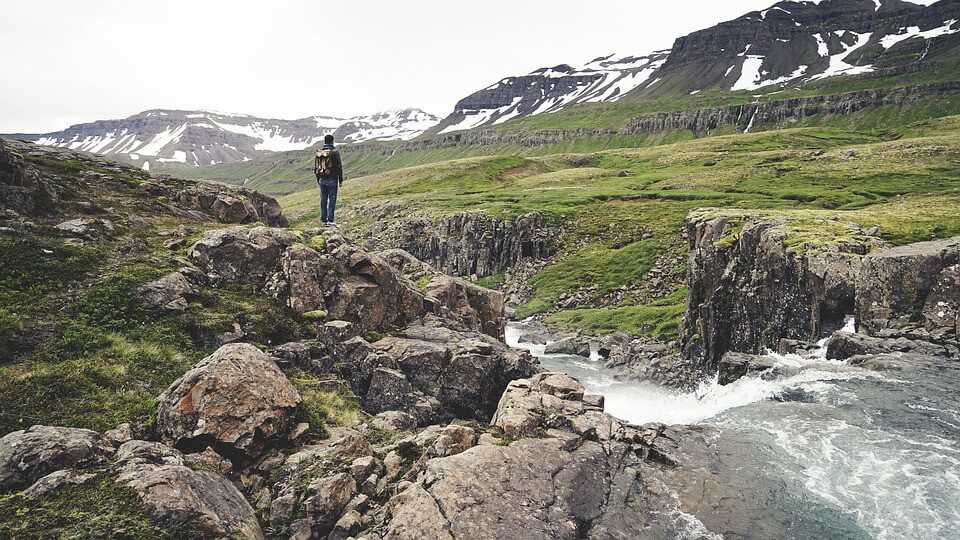Hiking can be incredibly relaxing and therapeutic, and it is generally a fun and safe hobby when performed with proper precautions in place. Still, though, it is important to acknowledge a variety of potential hazards that could pose a threat to you and/or fellow hikers. By identifying these hazards in advance, you should gain a better understanding of how to avoid them — or how to handle them if they appear.
Here are a few significant hazards to watch out for during your next hike.
Weather hazards
All hikers should be aware of the weather forecast; this is basically a no-brainer and a main staple of hiking preparation. However, this moral goes beyond simply knowing what conditions might be coming to your area; keep in mind the ways this weather can impact the environment around you. This knowledge can be crucial in making a judgement call on what weather is deemed “hikable.” For example, high winds may not necessarily be reason to call off your plans, but if you are hoping to explore a heavily wooded area, where trees are viable to fall over, you might want to consider postponing the hike to another day. The main rule of thumb is to never underestimate the conditions — don’t assume you are overthinking possible outcomes.
Wildlife hazards
Another key part of hiking preparation is to become acquainted with your destination’s ecosystem — namely the creatures and plants that call it home. Hazardous organisms can range from obvious culprits (bears, rattlesnakes, poison ivy) to occasionally overlooked threats (stinging nettle, coyotes), so be aware of even the most unexpected encounters. For general protection, bring along a means of self-defense (a firearm, pepper spray) and a method of communication to call for help. If hiking in a group, make sure no one is allergic to certain plants or insect stings.
Terrain hazards
The best practice when sizing up your hike’s terrain is to never underestimate it. The hillside may be more slippery than you are aware; the river might be a lot deeper than it looks; the rocks you are planning to traverse might be loose. Just like weather hazards, terrain-based hazards warrant a game of overthinking for your own safety. This approach is especially important for new hikers, as experienced hikers will likely know much more about a certain location via numerous visits.
Health hazards
Your health should be considered and monitored going into a hike — especially a solo hike or a hike accomplished in extremely hot or cold conditions. If you have chronic issues or hold a risk for underlying conditions stemming from genetics, you may want to schedule a physical or standard doctor check-in to ensure your vitals are strong and you are in proper condition to exert yourself in this manner. The last thing you want is to need medical assistance on a remote trail.

